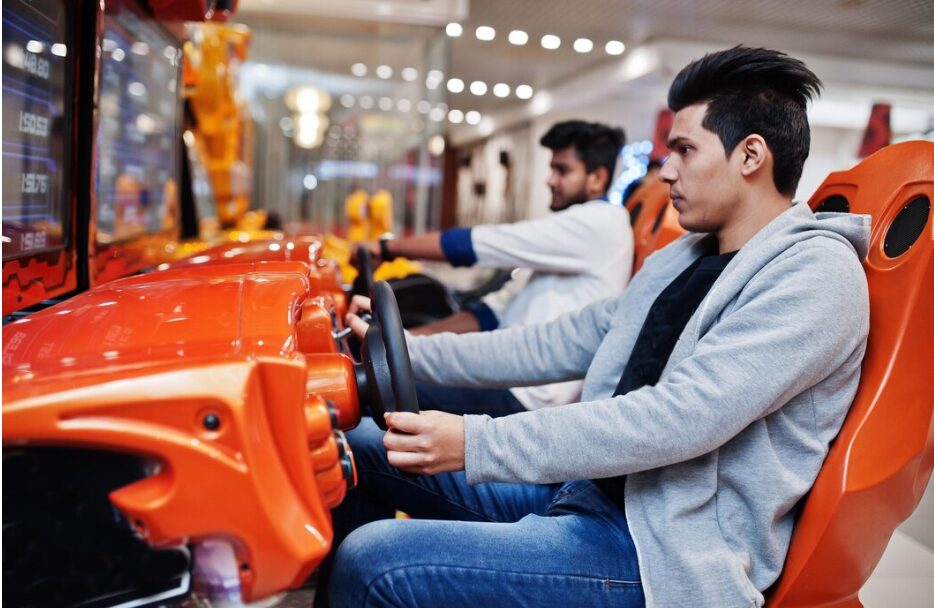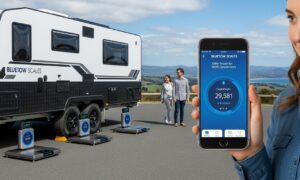For fans of motorsport, having a professional racing simulator set up at home is the best way to feel the excitement of racing while remaining in a domesticated setting. If you want to sharpen your skills as an online racer, or just want to be in the driver’s seat of something that feels like a real race car, an appropriately outfitted rig can be the next best thing to an actual track day.
Regardless, the act of setting up the best racing simulator and making it as close to the real thing as possible requires a careful selection of parts and real investment; almost as if one were preparing for a racing season, sans a genuine Formula 1 sponsorship. To help you get the most out of your racing sim, here are a few helpful tips:
Choosing the Right Hardware
Computer Set-Up
High-quality hardware is the base of a professional racing simulator. A powerful gaming PC should have a high-end GPU, a fast processor, and sufficient RAM to ensure smooth performance.
Racing Wheel and Pedals
For the most realistic force feedback, purchase a direct-drive racing wheel. As for the pedals, you want a set that has a load-cell brake. That will give you the most authentic braking feel. Also, do not cheap out on pedals; paying more for quality and performance is worth it.
Shifter and Handbrake
For enthusiasts of rally or drifting simulation, nothing beats the feel of a separate shifter and handbrake.
Racing Seat and Cockpit
You need a stable cockpit and rig to secure your wheel, pedals, and seat. Adjustable options will help you find a comfortable driving position.
Display and Visual Setup
An immersive, high-quality display setup greatly sharpens your ability to react quickly. To make your rig the best racing simulator possible, you might want to think about these options:
- Triple Monitor Setup: Using three monitors of 27 inches or larger gives a wide field of view that closely resembles a real cockpit.
- Dual Monitor Setup: An ultra-wide monitor is a good alternative if space is limited or you want to use just one display.
Fine-Tuning and Customization
After your hardware and software are correctly installed, it is vital to adjust your rig to perfection:
- Force Feedback Options: Match real-world conditions by changing the strength and sensitivity of your wheel.
- Pedal Calibration: Making sure your pedals respond correctly to your commands enhances performance.
- Ergonomics: For maximum comfort, arrange your seat, wheel, and monitors to accurately render a real cockpit.
Internet and Multiplayer Racing
Competing online requires a solid, high-speed internet connection. To reduce the chance of a dropped connection and to minimize latency, you should use a wired Ethernet connection rather than relying on Wi-Fi.
Choosing the Best Racing Simulator for Your Gaming Set-Up
A professional racing simulator requires a quality investment in hardware and software. If you’re looking for serious competition or just the kinds of “immersion” that can make your heart pound, then you want to set up a rig that can bring all of that and more to your fingertips.



































